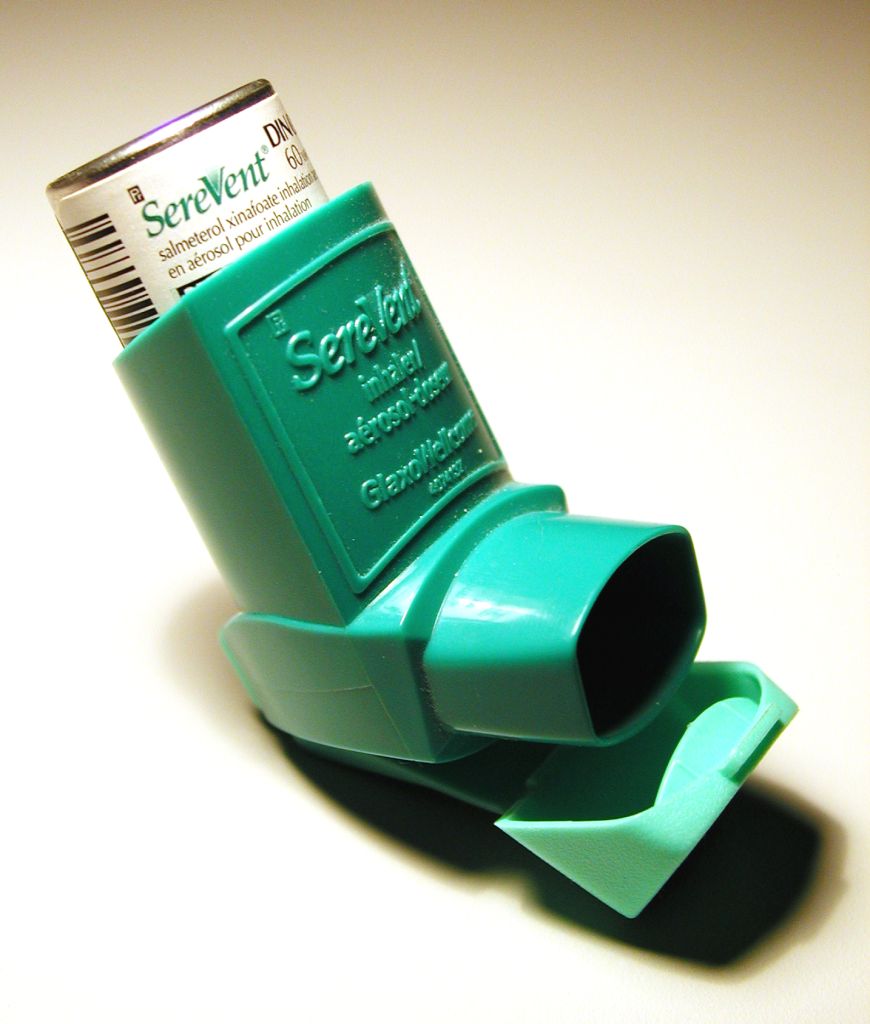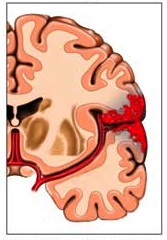7.7 Heart Attack, Stroke & Asthma*

Anatomy & Physiology
Unit 7 - Cardiovascular & Respiratory Systems
7.7 - I CAN diagnose, explain and treat heart attacks, strokes, and asthma.
- 1.
Which is NOT a symptom of a heart attack?
- A.
Shortness of breath
- B.
Pain in the chest area
- C.
Slurred speech
Correct Answer
C. Slurred speechExplanation
Slurred speech is not a symptom of a heart attack. A heart attack occurs when there is a blockage in the blood flow to the heart muscle, leading to chest pain or discomfort, shortness of breath, and other symptoms. Slurred speech, on the other hand, is commonly associated with neurological conditions such as stroke or brain injury, not with heart issues. Therefore, slurred speech does not typically indicate a heart attack.Rate this question:
-
- 2.
A patient is suffering from difficulty breathing every time she walks up the stairs. This patient is likely:
- A.
Having a heart attack
- B.
Suffering from asthma
- C.
Having a stroke
Correct Answer
B. Suffering from asthmaExplanation
Based on the given information, the patient is experiencing difficulty breathing specifically when walking up the stairs. This symptom is commonly associated with asthma, a chronic respiratory condition characterized by inflammation and narrowing of the airways. Asthma often leads to shortness of breath, wheezing, and chest tightness triggered by physical exertion or exposure to certain allergens or irritants. Therefore, it is likely that the patient is suffering from asthma.Rate this question:
-
- 3.
A 65-year-old patient claims she is having a hard time catching her breath, and she feels a pain in her left arm that is getting worse with time. She probably:
- A.
Has asthma
- B.
Is having a stroke
- C.
Is having a heart attack
Correct Answer
C. Is having a heart attackExplanation
Based on the symptoms described by the patient, it is likely that she is experiencing a heart attack. Shortness of breath and pain in the left arm are common symptoms of a heart attack. Asthma typically presents with wheezing and difficulty breathing, while a stroke would typically cause sudden weakness or numbness in one side of the body, along with difficulty speaking or understanding speech. Therefore, the most probable explanation for the patient's symptoms is a heart attack.Rate this question:
-
- 4.
A 70-year old patient calls 911 because she is worried about strange symptoms she has been having for the last 20 minutes. She cannot feel the right side of her body, and her vision is blurry. You tell her....
- A.
You are having a stroke!
- B.
You are having an asthma attack!
- C.
You are having a heart attack!
Correct Answer
A. You are having a stroke!Explanation
Based on the symptoms described by the patient, such as the inability to feel the right side of her body and blurry vision, it is likely that she is experiencing a stroke. A stroke occurs when the blood supply to the brain is interrupted, causing damage to brain cells. These symptoms are commonly associated with a stroke and require immediate medical attention. Therefore, telling the patient that she is having a stroke is the appropriate response in this situation.Rate this question:
-
- 5.
Which of the following is NOT a risk factor for a stroke?
- A.
High blood pressure
- B.
High stress
Explanation
High stress is NOT a risk factor for a stroke. While high blood pressure is a well-known risk factor for stroke, high stress alone does not directly cause strokes. However, chronic stress can contribute to unhealthy behaviors like smoking, excessive alcohol consumption, and poor diet, which are risk factors for stroke. Therefore, while stress may indirectly increase the risk of stroke, it is not considered a direct risk factor on its own.Rate this question:
-
- 6.
An angioplasty....
- A.
Treats asthma by relaxing the diaphragm
- B.
Treats heart attacks by inflating a balloon that opens up the blocked artery
- C.
Treats strokes by relieving swelling due to bleeding in the brain
Correct Answer
B. Treats heart attacks by inflating a balloon that opens up the blocked arteryExplanation
Angioplasty is a medical procedure used to treat heart attacks by opening up blocked arteries. During the procedure, a balloon is inflated in the blocked artery to widen it and improve blood flow. This helps to restore blood flow to the heart muscle and prevent further damage.Rate this question:
-
- 7.
A person with asthma uses this because it helps to:
- A.
Relax the muscles around the bronchioles
- B.
Increase the heart rate
- C.
Make the diaphragm contract to increase breathing
Correct Answer
A. Relax the muscles around the bronchiolesExplanation
A person with asthma uses this because it helps to relax the muscles around the bronchioles. Asthma is a condition characterized by inflammation and narrowing of the airways, which makes it difficult for air to pass through. By relaxing the muscles around the bronchioles, this medication helps to widen the airways and improve airflow, making it easier for the person to breathe.Rate this question:
-
- 8.
Which of the following is NOT an acceptable treatment for a heart attack?
- A.
Aspirin
- B.
Angioplasty
Explanation
Angioplasty is not an acceptable treatment for a heart attack. Angioplasty is a procedure used to open blocked or narrowed blood vessels in the heart, typically performed to treat coronary artery disease. However, during a heart attack, the blood flow to the heart is already blocked, and angioplasty cannot address the immediate need to restore blood flow. Aspirin, on the other hand, is commonly used as an initial treatment for a heart attack as it helps to prevent further blood clotting and reduce the risk of complications.Rate this question:
-
- 9.
The image below shows a patient suffering from:
- A.
A stroke
- B.
Asthma
- C.
A heart attack
Correct Answer
A. A strokeExplanation
The image below shows a patient suffering from a stroke. A stroke occurs when the blood supply to the brain is interrupted, leading to the death of brain cells. The symptoms of a stroke can include sudden weakness or numbness on one side of the body, difficulty speaking or understanding speech, and severe headache. Based on the image, it is likely that the patient is experiencing weakness or paralysis on one side of the body, which is a common symptom of a stroke.Rate this question:
-
- 10.
A heart attack usually occurs because:
- A.
The alveoli are inflamed
- B.
The coronary artery is blocked by a blood clot
- C.
An artery in the brain bursts
Correct Answer
B. The coronary artery is blocked by a blood clotExplanation
A heart attack usually occurs because the coronary artery is blocked by a blood clot. When the coronary artery, which supplies oxygen-rich blood to the heart muscle, becomes blocked by a blood clot, it restricts or cuts off the blood flow to a certain area of the heart. This lack of blood flow and oxygen can cause damage to the heart muscle, leading to a heart attack.Rate this question:
-
Quiz Review Timeline +
Our quizzes are rigorously reviewed, monitored and continuously updated by our expert board to maintain accuracy, relevance, and timeliness.
-
Current Version
-
Mar 19, 2023Quiz Edited by
ProProfs Editorial Team -
May 06, 2013Quiz Created by
Rlabov
 Back to top
Back to top




